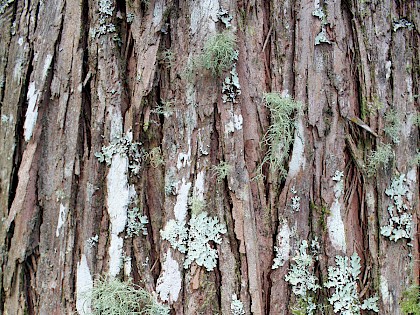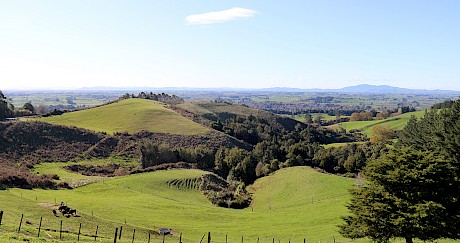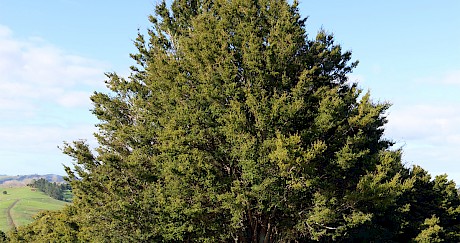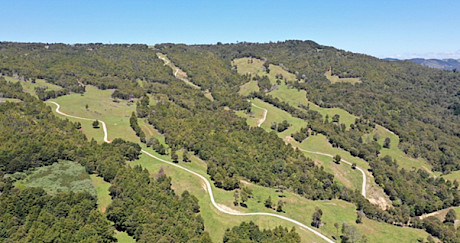Indigenous Forestry Plantation DatabaseProject Status: Current
Tāne’s Tree Trust (TTT) is setting up a database system for consistent recording of the location and stand history details for indigenous tree plantations nationwide. This involves standardising and centralising methods for recording establishment and management information and growth performance data for significant stands of planted indigenous trees, and in some instances, shrub species.
The project aims to improve knowledge and to increase the availability of robust data from indigenous plantations. The database will include information about species choice, suitability of species for particular sites, site preparation, establishment practice, performance monitoring, stand maintenance, stand management, and provision of data for growth and carbon-accounting models.
Planted and managed second-growth stands
While the focus on this database is on capturing the growth information of planted stands of indigenous trees and shrubs, management of second-growth stands of selected tree species will be included in this database especially where silviculture is underway aimed at developing a sustainably managed timber resource. For instance, this includes the totara-dominant naturally-regenerating shrublands and forests that are widespread on pastoral farmland in Northland that is part of the work of the Northland Totara Working Group.
Background
For well over a century, millions of indigenous trees have been planted throughout New Zealand. This has been done to provide a long-term timber resource as well as to provide a range of non-timber benefits, e.g. restoration of biodiversity, improvement of water quality, provision of shelter, and enhancement of aesthetic values.
Indigenous trees have been established in small plantations containing one or more species through to mixed species assemblages in urban parks, on farms, and along riparian zones and highways for over a century. Interest in planting indigenous trees and shrubs has increased substantially in recent decades.
With only a handful of exceptions, these plantings have not been easy to identify or locate, and their growth performance is unknown. Information representing tens of millions of dollars’ worth of planting effort is therefore effectively lost or inaccessible to those interested in planting and managing indigenous trees.
A nationwide register of significant plantings of indigenous trees, both historical and recently established, was therefore considered essential to provide current and future generations with information on site characteristics, species choice, growth performance and management methods.
The database so far
This project centres on the collection of historical site descriptions management prescriptions, and growth data from old plantings and records from recently-planted stands. Systematic inclusion of the many combinations of species and site throughout the country will be achieved by:
- Setting up a database system for consistent recording of the location and stand history of native tree plantations.
- Standardising and centralising methods for recording establishment practice, management information and growth performance data in native tree plantations.
- Providing an interactive web-based system that enables landowners to compare and contribute regional and nationwide information about native plantations.
The project has been partly funded by Forest Industries Development Agenda (FIDA) to set up the database system and ongoing funding from TTT is adding new stand and growth data as this is collated.
Over 100 indigenous stands located from Southland to Northland, from newly planted to 70-years-old, have been entered onto the system to date. A component of the project is the ongoing development of an interactive web-based database system to enable landowners to compare and contribute information on native plantations regionally and nationwide.
Outputs
This project is still in progress and will be progressed subject to further funding.
Contacts for this project
- TTT Executive Officer: Enable JavaScript to view protected content.
- Michael Bergin, Environmental Restoration Ltd




